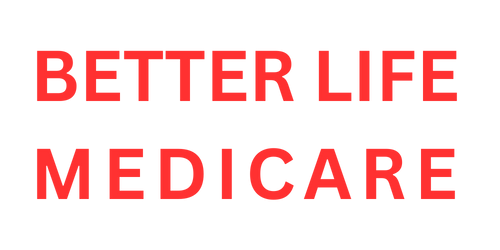Medicare Part D Prescription Drug Coverage:
- Stand-Alone Plans or Medicare Advantage Plans:
Medicare Part D prescription drug coverage is offered through stand-alone prescription drug plans (PDPs) or as part of Medicare Advantage plans (Part C) that include prescription drug coverage. - Voluntary Enrollment:
Medicare Part D is voluntary, and beneficiaries can choose to enroll in a stand-alone prescription drug plan if they have Original Medicare (Part A and/or Part B) or select a Medicare Advantage plan that includes prescription drug coverage. - Coverage Tiers:
Prescription drug plans typically organize medications into different tiers, each with a different cost. Commonly, drugs in lower tiers have lower copayments or coinsurance, while those in higher tiers have higher out-of-pocket costs. - Formularies:
Each prescription drug plan maintains a list of covered medications called a formulary. Formularies include both generic and brand-name drugs and are designed to ensure that a range of medications is available to beneficiaries. - Deductibles and Cost-Sharing:
Beneficiaries may be subject to an annual deductible before the prescription drug coverage begins. After the deductible, there are various cost-sharing mechanisms, including copayments, coinsurance, and a coverage gap (often referred to as the “donut hole”). - Catastrophic Coverage:
Once a beneficiary reaches a certain out-of-pocket threshold, they enter the catastrophic coverage phase. During this phase, the cost of covered drugs is significantly reduced, providing additional financial relief. - Choice of Plans:
There are numerous prescription drug plans available, each with its own list of covered medications and cost-sharing structure. Beneficiaries should carefully compare plans to find one that best meets their specific medication needs and budget. - Annual Open Enrollment:
Beneficiaries can review and make changes to their Medicare Part D coverage during the Annual Enrollment Period, which typically runs from October 15 to December 7 each year.
It’s important for Medicare beneficiaries to assess their prescription drug needs, review plan options, and select a Part D plan that aligns with their medications and financial considerations. Additionally, Medicare Advantage plans with prescription drug coverage offer an alternative for those seeking an all-in-one health plan.
